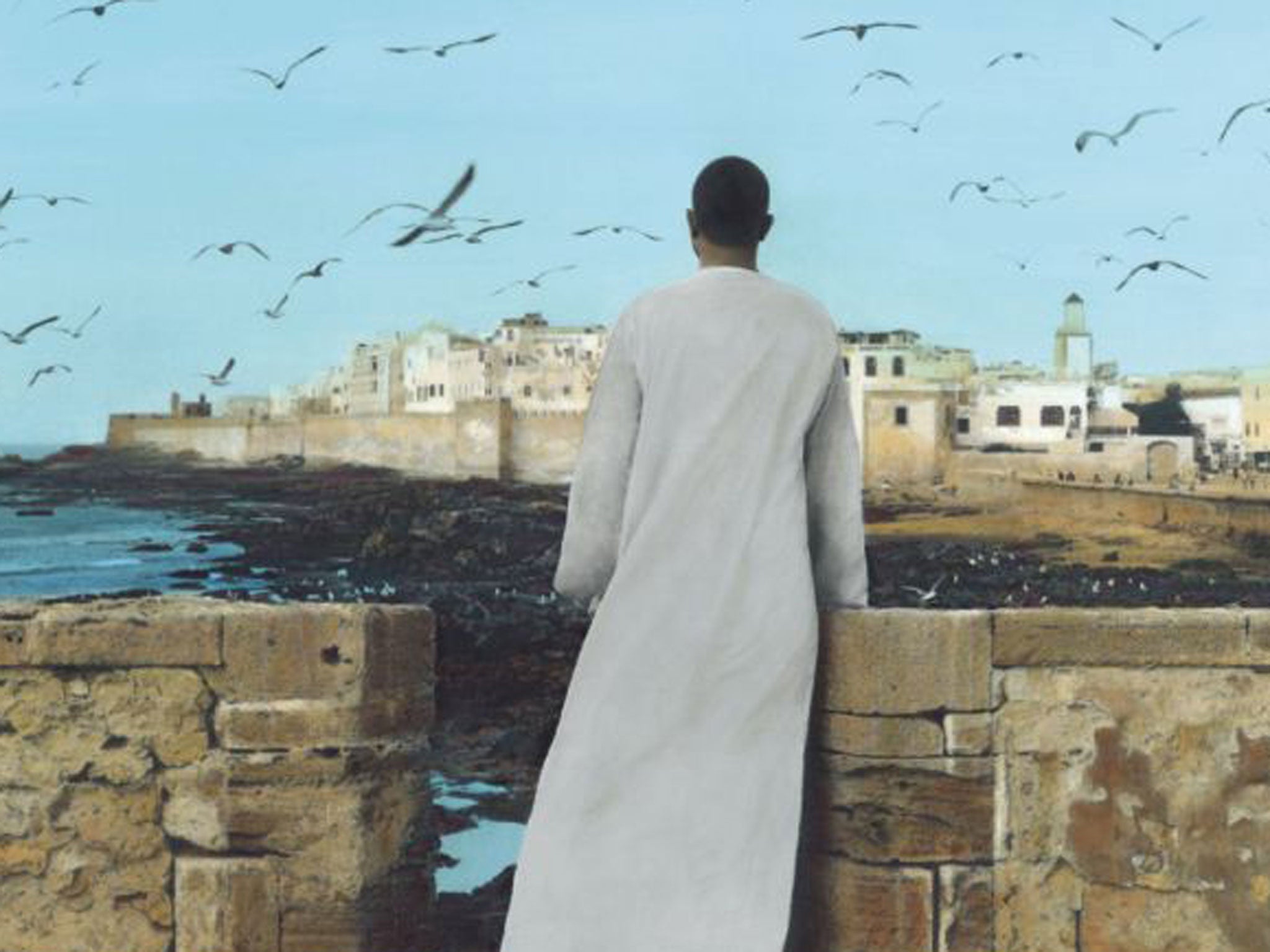Photography book review: Youssef Nabil, with text by Hans Ulrich Obrist and Marina Abramovic

Your support helps us to tell the story
From reproductive rights to climate change to Big Tech, The Independent is on the ground when the story is developing. Whether it's investigating the financials of Elon Musk's pro-Trump PAC or producing our latest documentary, 'The A Word', which shines a light on the American women fighting for reproductive rights, we know how important it is to parse out the facts from the messaging.
At such a critical moment in US history, we need reporters on the ground. Your donation allows us to keep sending journalists to speak to both sides of the story.
The Independent is trusted by Americans across the entire political spectrum. And unlike many other quality news outlets, we choose not to lock Americans out of our reporting and analysis with paywalls. We believe quality journalism should be available to everyone, paid for by those who can afford it.
Your support makes all the difference.Youssef Nabil’s work oscillates between a personal photographic journal and portraits featuring internationally renowned film stars, directors, popular musicians, artists, architects, and choreographers.
The influence of early cinema on this acclaimed Egyptian photographer is evident. Using an unusual technique of colouring gelatine silver prints by hand or drawing over colour prints – part photography and part painting – he creates an imaginary reality that reflects both the paradoxes of the Middle East today and the flamboyant fantasies of the golden age of Egyptian film in the cosmopolitan pre-revolutionary years in Cairo.
He has also photographed many international stars, including Sting, John Waters, David Lynch, Isabella Rossellini, Gilbert and George, Tracey Emin, Louise Bourgeois, Zaha Hadid, Omar Sharif, and Robert Wilson.
Since 2003, he has produced a number of self-portraits (such as this one in Essaouira) that reflect his dislocated life away from Egypt – often taken from behind or in profile, and either naked or in a djellaba – in settings linked to his childhood or his travels. These scenes portray a combination of worldly realities and serene dreams, loneliness, and fame, eroticism, and death.
Join our commenting forum
Join thought-provoking conversations, follow other Independent readers and see their replies
Comments